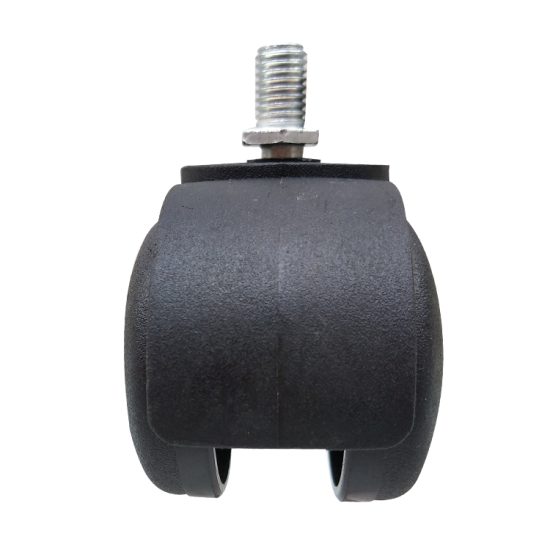Using rigid caster wheels can contribute to improved safety in various applications, especially when they are chosen and maintained correctly. Here are some ways to enhance safety with rigid caster wheels:
- Proper Load Capacity: Ensure that the chosen rigid caster wheels have a load capacity suitable for the application. Exceeding the weight limit can compromise stability and safety. Always take into account the maximum load the wheels will bear.
- Wheel Material Selection: Choose the right wheel material for your specific environment. For instance, if you are working in a wet or corrosive environment, consider using corrosion-resistant or non-marking wheels. The appropriate wheel material can improve traction and durability, reducing the risk of slipping or equipment damage.
- Size and Diameter: Select the correct wheel size and diameter based on your application. Larger wheels are better at handling uneven surfaces, which can prevent jolts and instability. Ensure that the wheels are adequately sized to support the load without tipping.
- Caster Placement: Position rigid casters strategically on your equipment. Placing them to bear the weight evenly and distribute the load across all wheels can enhance stability and minimize the risk of tipping.
- Braking Systems: If your equipment needs to remain stationary at times, consider using rigid caster wheels with integrated brakes. These brakes can help prevent unintended movement and improve safety during loading, unloading, or when equipment needs to be secured in place.
- Regular Maintenance: Inspect and maintain rigid caster wheels regularly. Check for any signs of wear, damage, or loose components. Tighten bolts, lubricate moving parts, and replace damaged wheels promptly to prevent accidents.
- Floor and Surface Conditions: Be mindful of the floor or surface conditions where the wheels will be used. Keep the area clear of obstacles, debris, and spills that could cause accidents. For outdoor applications, ensure that the terrain is suitable for the wheels in use.
- Weight Distribution: Ensure that the weight is evenly distributed on the rigid caster wheels. Avoid overloading one side or one wheel, as this can lead to instability and safety risks.
- Training and Awareness: Train personnel on the safe use of equipment with rigid caster wheels. Ensure they are aware of load limits, proper handling techniques, and potential risks associated with the equipment.
- Use in Pairs or Combinations: Depending on the application, consider using rigid casters in pairs or in combination with swivel casters to balance stability and maneuverability. For very heavy loads, multiple sets of rigid casters may be needed to ensure even weight distribution and stability.
- Environmental Considerations: In environments with extreme temperatures, humidity, or chemical exposure, select caster wheels designed for those specific conditions to ensure the wheels perform optimally and safely.
By following these guidelines and using rigid caster wheels that are well-suited to your application, you can significantly improve safety, prevent accidents, and ensure the reliable and stable movement of equipment and loads. Regular maintenance and attention to proper usage are key elements in achieving a safe and efficient workplace.


